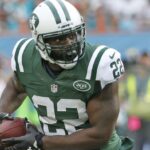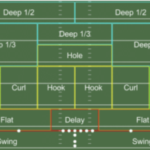Search Your Defensive Back Topic
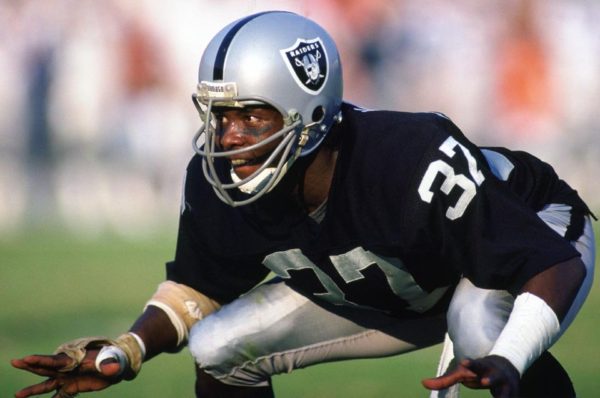
Know Your DB History: Lester Hayes
The NFL has certainly produced it’s fair share of “characters” over it’s long rich history and when it comes to being a character, few out did Lester Hayes. Hayes was a 5th round draft choice by the Oakland Raiders in 1977 out of Texas A&M.&nb...
Read More
3 Things All Elite Safeties Have
By: Chad Wilson – All Eyes DB Camp You never really appreciate a great safety until you don’t have one. For much of the last couple of decades, cornerbacks have gotten the lion’s share of attention when it comes to secondary play but ask any corne...
Read More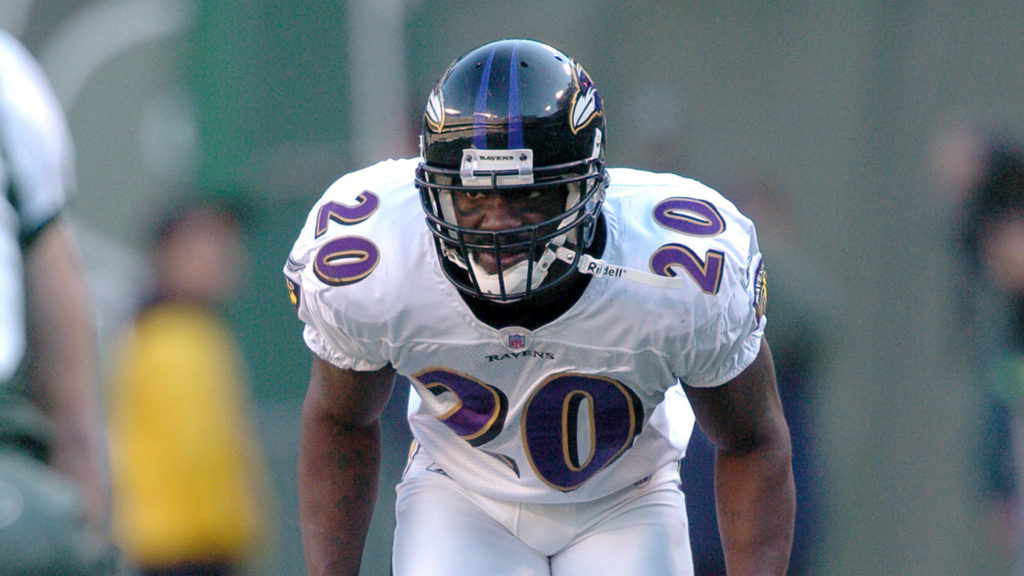
For Defensive Backs, Seeing is Believing
By: Chad Wilson – owner – All Eyes DB Camp Everyone at some point has had a coach who has told them they need to watch film. After all, what kind of coach wouldn’t tell his players to watch film? Studying your opponent is a key factor to suc...
Read More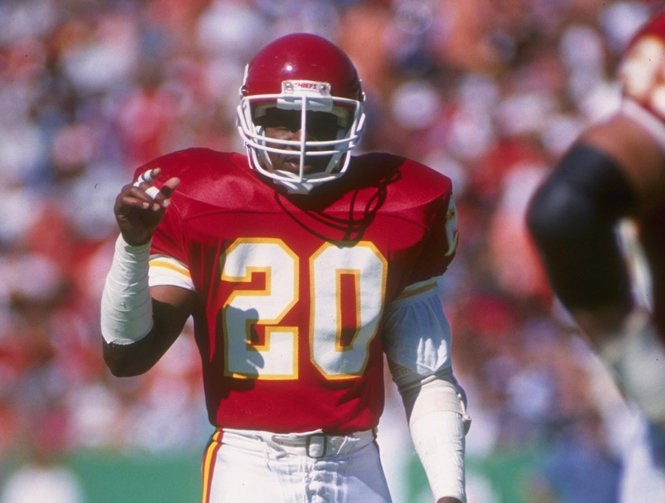
Know Your DB History: Deron Cherry
By: Chad Wilson – All Eyes DB Camp When the talk of top safeties to ever play in the NFL comes up, Deron Cherry’s name is not one that will come to mind. This despite the fact that Cherry’s 50 career INTs puts him in the Top 50 of all men to have ...
Read More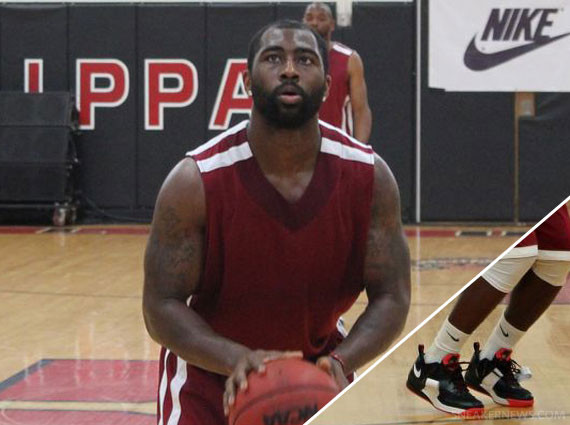
3 Sports that Can Make You A 5 Star Defensive Back
By: Chad Wilson – Owner – All Eyes DB Camp Sure you love football and I’m glad you do but history shows that some of the best defensive backs that have played and are playing the game were pretty damn good at one or more other sports. Here are three spo...
Read More
Dynamic Duos: Hanford Dixon and Frank Minnifield – Cleveland Browns
By: Chad Wilson – Owner – All Eyes DB Camp IG: @alleyesdbcamp Believe it or not, the Browns didn’t always suck. In the mid to late 80’s the Browns were a problem and stood on the doorstep of the Super Bowl three times. One of the bigge...
Read More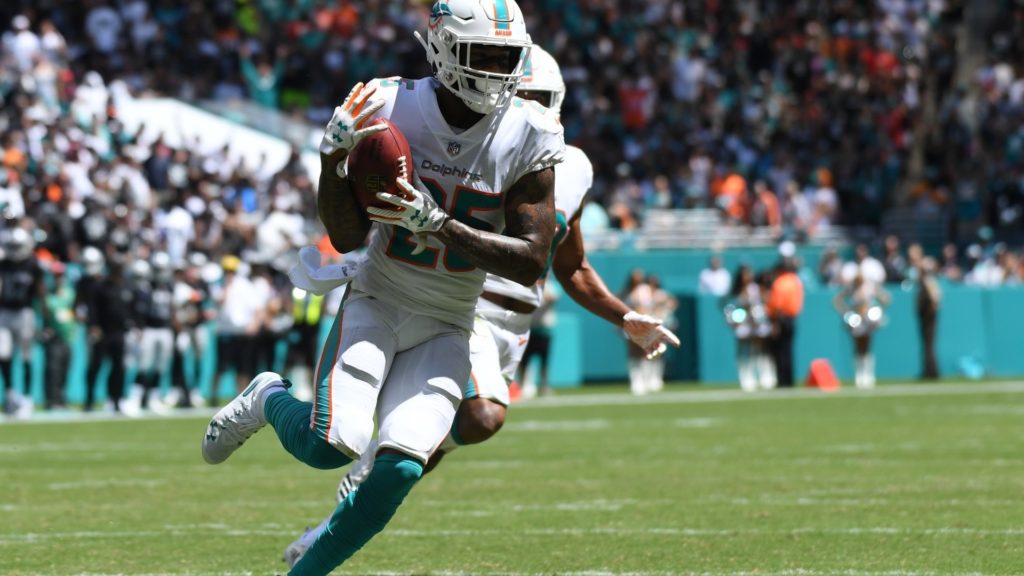
3 Ways to Boost Your Interception Total this Season
By: Chad Wilson – Owner – All Eyes DB Camp IG: @alleyesdbcamp Picks! We all want them, unless you are a quarterback or play offense. How do we get them? That’s the questions and I’ll address that in this article as I discuss three grea...
Read More
4 Things Every Elite DB Has
By: Chad Wilson – All Eyes DB Camp IG: @alleyesdbcamp There are good DBs, great DBs and then there are elite DBs. Those three categories of players are separated by a few factors. Some of those factors are genetics but more so, they are separated by thi...
Read More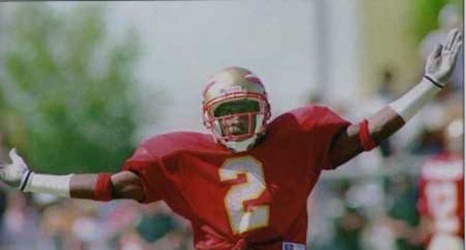
This is the Biggest Weapon A DB Has When He’s On the Field
By: Chad Wilson – All Eyes DB Camp IG: @alleyesdbcamp The huddle breaks, your assignment jogs out of the pack high up on his toes looking menacing. The crowd is buzzing in anticipation of any and every bold moment that will unfold. Perhaps there is...
Read More

